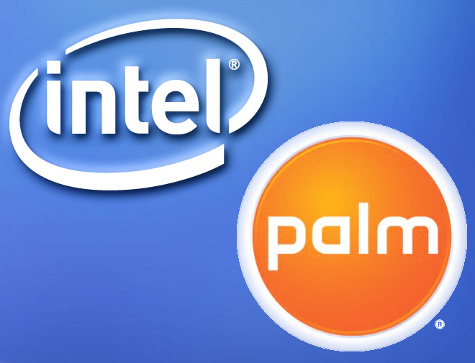Who should buy Palm? Intel, of course.


With Intel clearly putting more and more resources into embedded systems development on Linux and device hypervisors, Palm would be a natural candidate for acquisition.
My Editor-in-Chief and colleague Larry Dignan wrote a great synopsis this morning of the possible and most likely Palm buy-out suitors that could show their hands over the next few weeks and months. He cites a purchase of Palm by HTC, RIM, Dell, Lenovo and the Chinese "Black Hole" as the most likely scenarios for the beleaguered and once great smartphone manufacturer.
However, I'm going to add another possibility which seems to me not necessarily the most likely scenario but probably the "Best" one: Intel.
Click on the "Read the rest of this entry" link below for more.
Why does Intel need a smartphone OS? The same reason why Google needs Android, so they can be a developer of platforms to license out.
With the Wind River acquisition Intel has been positioning itself as the go-to company for embedded systems development, and has also been pushing the idea of device hypervisors into the mainstream. Wind River also sells a commercial software and device development package for creating carrier-worthy Android devices.
However, in order to fill out that portfolio, Intel actually needs a device OS for smartphones, MIDs, set tops and automotives it can call its own or give away with its device hypervisor to potential licensees.
Ideally, I see Palm combined with the Wind River Hypervisor as a value-add platform that companies such as HTC, Motorola, Dell, LG, Samsung and Sony can license in order to make new compelling devices. With a purchase of Palm, Intel can simply drop the hardware aspect of the ailing company and Open Source the key components of WebOS, and give it away with their hypervisor for ARM and embedded x86 chips.
This has TONS of practical applications and interesting ramifications.
For starters, WebOS could be used as the "carrot" to increase adoption of device hypervisors. By giving it away with the hypervisor, It would be the default "demo" smartphone/MID OS that the hypervisor would ship with, and if it was Open Sourced, such as with the Apache license that Android ships with, would allow it to be used in combination with OTHER OSes running on that hypervisor in new and interesting ways.
As part of the Intel stable, Palm WebOS along with the Hypervisor would be a great "basic smartphone" OS for the manufacturers to offer carriers for the "Free" or completely subsidized devices that many consumers end up buying instead of higher-end smartphones which would run Android or Windows 7 Phone.
Essentially, Palm WebOS could be an application from the the consumer standpoint and would allow room for all that customization and could eliminate the fragmentation that Android is currently suffering.
There are some other possible uses for WebOS in high-end smartphones as well. The call dialer, the specialized UIs and carrier customizations -- such as HTC's "Sense" and Motorola's "Motoblur", all of this could run in a VM on the device hypervisor using WebOS, with the real application stuff happening in a pristine, standardized Android VM or the Windows Mobile VM. Or perhaps even MeeGo, which Intel has also been flirting with.
Frankly, WebOS may have the mojo to actually inject some real sex appeal into MeeGo if Intel were to purchase Palm and combine it with its Wind River hypervisor.
WebOS is a great platform in and of itself for basic PIM and smartphone functionality for the handset manufacturers and the carriers to heavily customize to their needs, but not as as a major development platform as it stands today. However, when used on a device with a hypervisor for functionality which would not otherwise be served by Android, Dalvik and Windows 7 Phone, in combination it has a great deal of potential.
Does an Intel purchase of Palm make sense? Talk Back and Let Me Know.